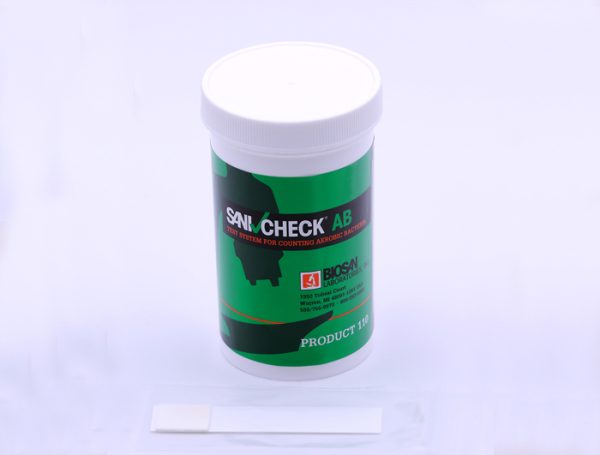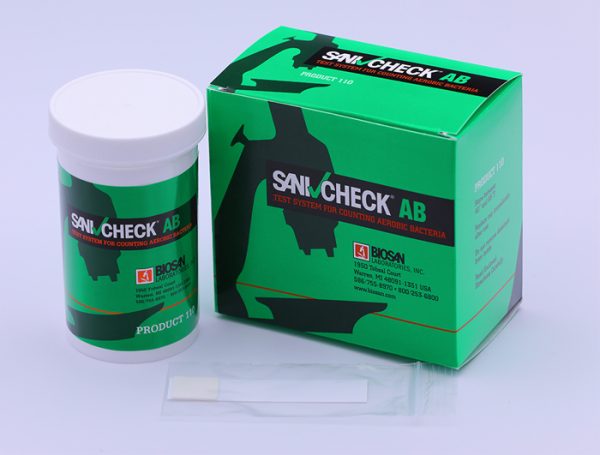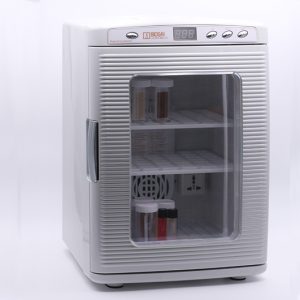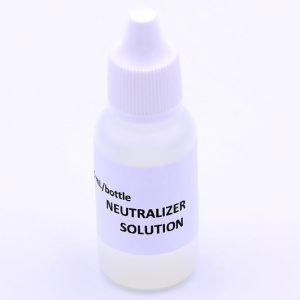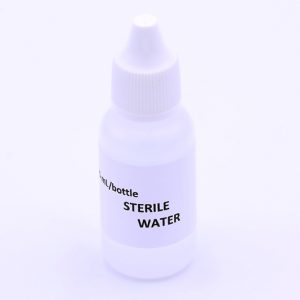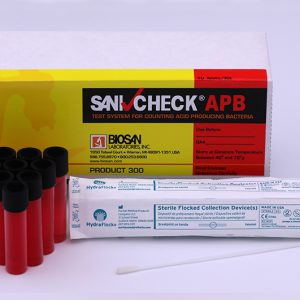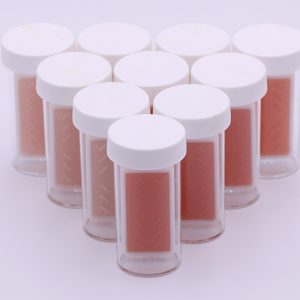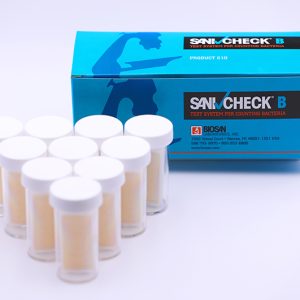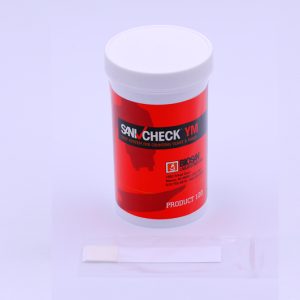The industrial environment frequently faces detrimental consequences from bacterial growth, resulting in substantial economic impacts. Elevated bacterial populations in aqueous systems such as cooling towers, metalworking fluids, and hydrocarbon fuels result in significant productivity losses, manifesting in issues like corrosion, slime formation, foul odors, and decreased fluid functionality. Accurate biocide treatment hinges on routinely determining the extent of bacterial contamination with a reliable bacteria testing kit, such as the Sani-Check AB Bacteria Test Kit.
Application:
The Sani-Check AB Bacteria Test Kit provides a swift and straightforward method for monitoring aerobic bacterial counts, offering a comprehensive solution for industrial applications. Its flexible plastic strips, equipped with nutrient-containing filter paper, facilitate convenient testing and require no specialized equipment or training. Additionally, the kit is versatile, suitable for testing the sanitary quality of hard surfaces, particularly in the food processing industry, owing to the strip’s adaptability for sampling hard-to-reach areas.
Convenience and Shelf-Life:
The Sani-Check AB Bacteria Test Kits feature a user-friendly design, ensuring convenience without the need for special equipment or training. The comprehensive kit also caters to various industrial testing needs, offering flexibility in assessing both liquids and hard surfaces. A 2-year shelf life and storage temperature range of 40-85°F ensures prolonged usability and reliability for your testing requirements.
Technical Support:
Aerobic bacteria, which require oxygen, proliferate with the support of the Sani-Check AB Test Kit, addressing the majority of bacteria contaminating industrial environments. Notably, microbial organisms such as Pseudomonas, Enterobacter, Escherichia, Klebsiella, Flavobacterium, and Alcaligenes fall within this category and demonstrate growth on the Sani-Check AB test strips. The kit provides an efficient method to semi-quantitatively measure microbial growth, allowing for quick comparisons with a color chart to estimate bacteria count following an incubation period of 24-48 hours at 25-30°C.

